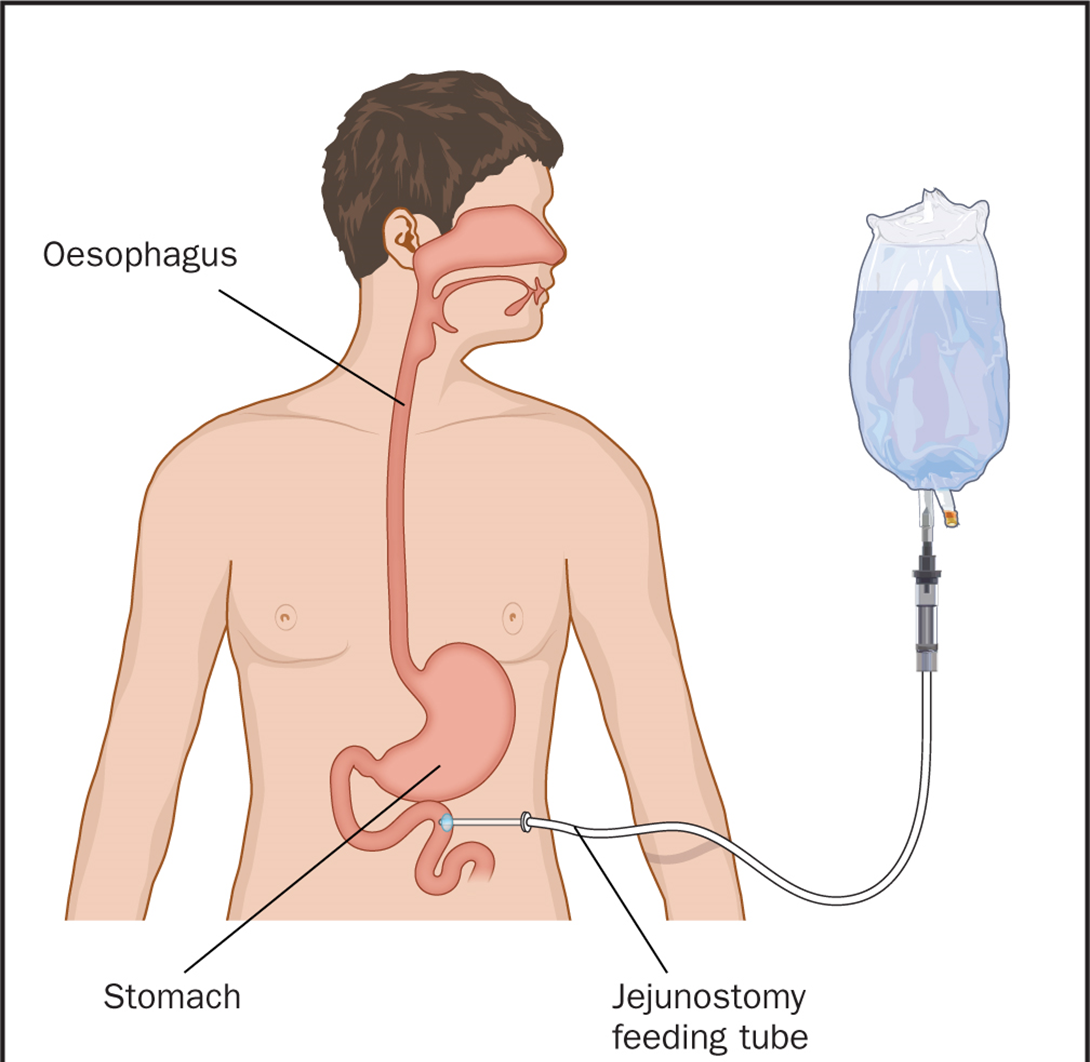A nurse is caring for a client who follows a vegan diet. The nurse should identify that the client is at risk for which of the following deficiencies?
Vitamin D
Vitamin C
Magnesium
Folic acid
The Correct Answer is A
Choice A reason: Vitamin D is a fat-soluble vitamin that is essential for bone health, immune function, and calcium absorption. It is mainly obtained from exposure to sunlight and animal sources, such as dairy products, eggs, and fish. Vegans are at risk for vitamin D deficiency, especially if they live in areas with limited sunlight or do not take supplements.
Choice B reason: Vitamin C is a water-soluble vitamin that is important for collagen synthesis, wound healing, and antioxidant activity. It is abundant in plant sources, such as fruits and vegetables. Vegans are not likely to be deficient in vitamin C, unless they have a very restricted diet or a malabsorption disorder.
Choice C reason: Magnesium is a mineral that is involved in many enzymatic reactions, muscle contraction, nerve transmission, and bone formation. It is widely distributed in plant and animal foods, such as nuts, seeds, legumes, grains, and green leafy vegetables. Vegans are not prone to magnesium deficiency, unless they have a chronic condition that affects magnesium absorption or excretion.
Choice D reason: Folic acid is a water-soluble vitamin that is essential for DNA synthesis, cell division, and red blood cell production. It is found in fortified grains, cereals, breads, and pasta, as well as in dark green leafy vegetables, beans, and lentils. Vegans are not at risk for folic acid deficiency, as long as they consume enough of these foods or take supplements.
Nursing Test Bank
Naxlex Comprehensive Predictor Exams
Related Questions
Correct Answer is D
Explanation
Choice A reason: Abdominal distention is a possible complication of enteral nutrition, as it may indicate gas accumulation, constipation, or intolerance to the formula. However, it is not the greatest risk to the client, as it can be prevented or managed by adjusting the formula, rate, or volume of the feeding, or by administering medications or enemas.
Choice B reason: Fluid overload is a possible complication of enteral nutrition, as it may indicate excessive fluid intake, renal impairment, or heart failure. However, it is not the greatest risk to the client, as it can be prevented or managed by monitoring the fluid balance, electrolytes, and vital signs, or by administering diuretics or fluid restriction.
Choice C reason: Glycosuria is a possible complication of enteral nutrition, as it may indicate hyperglycemia, diabetes, or infection. However, it is not the greatest risk to the client, as it can be prevented or managed by monitoring the blood glucose, urine output, and signs of infection, or by administering insulin or antibiotics.
Choice D reason: Tube obstruction is the greatest risk to the client, as it may indicate clogging, kinking, or twisting of the tube, which can impair the delivery of the nutrition and medication, and cause aspiration, infection, or perforation. Tube obstruction can be prevented by flushing the tube with water before and after each feeding or medication, and by using a syringe or a pump to administer the formula. Tube obstruction can be managed by using warm water, carbonated beverages, or pancreatic enzymes to unclog the tube, or by replacing the tube if necessary.

Correct Answer is B
Explanation
Choice A reason: Changing the feeding to a continuous infusion may not improve the constipation, as it does not address the fluid deficit or the fiber content of the formula. Continuous infusion may also increase the risk of aspiration, diarrhea, and bacterial contamination¹.
Choice B reason: Increasing the amount of free water can help prevent or treat constipation by hydrating the stool and facilitating its passage. The client's fluid intake and output indicate a fluid deficit, which can contribute to constipation. The recommended fluid intake for adults is 30 to 35 mL/kg/day².
Choice C reason: Decreasing the infusion rate of feeding may worsen the constipation, as it reduces the caloric and fluid intake of the client. The infusion rate should be based on the client's nutritional needs and tolerance¹.
Choice D reason: Requesting a prescription for a diuretic is not appropriate, as it would further dehydrate the client and aggravate the constipation. Diuretics are indicated for clients with fluid overload, not fluid deficit³.
Whether you are a student looking to ace your exams or a practicing nurse seeking to enhance your expertise , our nursing education contents will empower you with the confidence and competence to make a difference in the lives of patients and become a respected leader in the healthcare field.
Visit Naxlex, invest in your future and unlock endless possibilities with our unparalleled nursing education contents today
Report Wrong Answer on the Current Question
Do you disagree with the answer? If yes, what is your expected answer? Explain.
Kindly be descriptive with the issue you are facing.
